Popliteal tendinitis
Table of Contents
What is Popliteal tendinitis?
Are you having pain in your knee? You may have injured your popliteus tendon. Popliteus tendinitis is an inflammation of the popliteus muscle tendon which is located in the back of the knee. It is a rarely seen condition that is often seen in sports and people with a history of other knee pain-related conditions or injuries.
Pain at the back of your knee can be caused by an injury to the hamstring in the back of your thigh, by an injury to the gastrocnemius in your calf, or by swelling from your knee joint( Baker’s cyst).
Whereas, there is another cause that is less common and sometimes overlooked. A popliteus muscle strain or popliteal tendinopathy. The popliteus is a small triangular muscle located behind your knee. It originates from your outer thigh bone and your meniscus and attaches to the back of your tibial bone. Though it’s small, it has a vital role in knee function!
Popliteus tendinitis, also known as popliteus tendonitis and tenosynovitis, is a rare cause of pain at the back and outside of the knee. mainly, this condition is poorly understood and misdiagnosed as other problems such as ligament or cartilage injuries
Pathology of Popliteal tendinitis
The popliteus tendon is located at the deepest part of the lateral knee and is intimately associated with other structures which comprise the posterolateral corner. it is attached to the posterior joint capsule of the knee joint.
As a component of the postero-lateral compartment, the popliteus muscle functions to resist:
- varus stress
- external tibial rotation
- popliteus and popliteofibular ligament are major stabilizers muscles during knee flexion, whereas the lateral collateral ligament is a major stabilizer muscle in knee extension
- posterior tibial translation
isolated injury to the poster-lateral corner results in only slight anterior or mild posterior instability
injured to the posterolateral corner in combine with cruciate ligament injury results in more pronounced anterior or posterior instability
What are the Causes of Popliteus tendinitis?
popliteus tendinitis commonly occurs when one foot rolls inward.
running downhill puts extra pressure on the popliteus tendon, leading to tendonitis.
pressure is placed on the popliteus tendon during such regular movements.
running downhill can put an inordinate strain on the tendon if practiced more.
this occurs more often than general sprinting because the surface is not flat.
another factor that can contribute to straining the popliteal includes overuse, running with fatigued muscles, for too great a length of time, or without suitable warm-up.
injury is regularly felt after the ankle rolls unusually inward, leading tear in the tendon.
How does popliteus tendinopathy happen?
The popliteus muscle has many functions. It mainly acts as a rotator of the lower leg to the upper leg and as a stabilizer of the knee joint. overuse of the popliteus due to poor biomechanics or training progression can cause popliteus tendinopathy. This excessive use causes tears within the tendon. The patient’s body reacts by commencing an inflammatory response. The inflammation in the tendon is called tendinopathy.
What are the symptoms of popliteus tendinopathy?
Popliteus tendinopathy causes pain in the back of the knee that develops gradually. In the beginning, pain may only be present after exercise. You may also experience stiffness/ tightness in the back of the knee. In the early stages of the injury, these symptoms are often relieved with a hot bath or some movement. whereas, if you continue to exercise without proper treatment or professional advice your popliteus tendinopathy could worsen to the point where the pain and stiffness are there all of the time.
Other symptoms include:
- balance problem
- popliteal muscle weakness
- swelling or inflammation around the knee
- gait problem – lumping gait
Differential diagnosis
The differential diagnosis of posterior knee pain(popliteal tendonitis) should always include an intra-articular pathology, such as a posterior horn tear of the meniscus.
there are some other pathologies that may cause similar symptoms as popliteus tendinopathy are:
- Osteochondritis dissecans: which is intra-articular osteochondrosis with an unknown etiology that is characterized by degeneration and re-calcification of articular cartilage and underlying bone.
- Iliotibial band Syndrome: which is an overuse condition. Most of the time tenderness is palpable at the lateral side of the knee joint. The pain becomes worse during activity, mostly running downhill and climbing stairs.
- The popliteal cyst can also be confused with popliteus tendinopathy. A popliteal cyst also known as a Baker’s cyst is the most common synovial cyst of the knee. It originates from the posteromedial aspect of the knee joint at the level of the gastrocnemius-semimembranous bursa. The patient reports mild to moderate pain in the popliteal area of the knee.
How is popliteal tendonitis diagnosed?
- Initially, we order tests to confirm the diagnosis of popliteus tendonitis. Overall, MRI is the most useful in showing tendons swelling, tenosynovitis, or tearing. Furthermore, we use MRI to rule out other causes of pain at the back of the knee, such as cartilage or meniscal tear.
- Secondly, to test the popliteus, the patient can be placed on his back on the table with the knee in a 90-degree flexion and the foot in dorsiflexion. To test the popliteus, the physiotherapist then has to go resisted the foot and underleg externally while the patient has to maintain his position.
Treatment of Popliteal Tendinitis:
Acute phase
Rest: Rest prevents worsening of the initial injury. By placing the injured extremity to rest the first 3-7 days after the traumatic part, we can prevent further retraction of the ruptured muscle stump, and reduce the size of the connective tissue scar.
During the initial few days after the injury, a short period of immobilization accelerates the formation of granulation tissue at the site of injury, but it should be noted that the duration of reduced activity mobilization could be limited only until the scar reaches sufficient strength to bear the muscle-contraction induced pulling forces without re-rupture at this point, gradual mobilization should be started followed by a progressively intensified exercise program to optimize the healing by restoring the strength of the injurious muscle, preventing the muscle atrophy, the loss of strength and the extensibility, all of which can follow long term immobilization.
cold application: It is thought to lower intra-muscular temperature and decrease blood flow to the injurious area. Regarding the use of cold on injured skeletal muscle, it has been shown that early use of the cold application is associated with a significantly smaller hematoma between the ruptured myofiber stumps, less inflammation and tissue necrosis, and accelerated early regeneration. But according to the most recent data on the topic, icing of the injured skeletal muscle should continue for an extended period of time( 6 hours) to obtain a substantial effect on limiting the hemorrhaging and tissue necrosis at the part of the injury.
Compression: This may help decrease blood flow at the injury part and accompanied by elevation will serve to decrease both blood flow and excess interstitial fluid accumulation. The goal is to prevent hematoma and interstitial edema, thus decreasing tissue ischemia. However, if the immobilization phase is for a long time, it will be a detrimental effect on muscle regeneration. Cryotherapy, accompanied by compression, should be applied for 15–20 min at a time with 20–50 min between applications. During this time period, the quadriceps should be kept relatively immobile to allow for appropriate healing and prevent further injury around the part.
Elevation: The elevation of an injured extremity above the level of the heart results in a decrease in hydrostatic pressure, subsequently, reduces the accumulation of interstitial fluid, so there is less swelling at the area of injury.
Chronic Phase
chronic treatment for popliteal tendonitis
nonsteroidal anti-inflammatory medication(NSAIDs) for popliteal tendonitis pain, such as aspirin or ibuprofen with Physiotherapy treatment & exercise. Another treatment for popliteus tendinopathy may include oral corticosteroids or corticosteroid injections.
But when it comes to chronic tendinitis( more than 6 months), surgery has to be performed to remove the tendon sheath.
Physiotherapy treatment for Popliteus tendinopathy.
Physiotherapy treatment is vital in the treatment of popliteus tendinopathy. At your initial assessment, your physiotherapist will diagnose your cause and establish the severity of it. Following the assessment, your therapist can formulate a treatment program specifically for you. Treatment may involve: pain-relieving modalities for popliteal tendonitis
Ultrasound therapy(US)
Ultrasound is a therapeutic modality that generates ultrasound causes deep heat, provides micro-massage to soft tissue, improves flexibility, promotes healing of tissue as well increases localized blood supply to the area. And ultimately relieving pain.
Short wave diathermy(SWD)
Short wave diathermy is a deep heating modality that gives heat to provide pain relief, it improves the blood supply to the targeted pain area and removal of waste products.
TENS (transcutaneous electrical nerve stimulation)
Transcutaneous electrical nerve stimulation is an electrical modality that gives pain relief by providing pain modulation. Also stimulates the endogenous opioid system which prevents the release of substance at the anterior grey horn
Exercise that helps to improve the function of the knee joint mainly are:
- Range of movement exercises
- Balance Exercises
- Knee Strengthening Exercises
Initially, Active and passive range of movement of the knee joint in flexion, extension, and tibiofemoral rotation increases the range
Resisted knee flexion exercise should be performed with the knee joint positioned in both neutral and external rotation.
Exercise for Popliteal Tendinitis
1: Supine Hamstring Stretch
2: Half Squats
3: Leg Extensions
4: Hamstring Curls
5: Heel Cord Stretch
6: Standing Quadriceps Stretch
1. Supine Hamstring Stretch
this patient should be in a supine line, the leg which we want to stretch straight upward to the siling and another leg bend to the knee. Hold for 20 to 50 seconds. Repeat 3 to 4 times, or as instructed. Switch legs and repeat.
2. Half squats
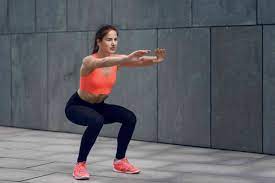
Start by standing with your feet out wide and your toes pointing out. Keeping weight in your back heels, start to lower your hips and bend your knees into a wide squat. Go down until your thighs are parallel to the floor. Stand back up, squeezing your glutes at the top of the movement, and then repeat.
3. Leg extension
Sit in a chair. Plant your feet on the floor, hip-width apart.
Straighten your back.
Extend your right knee to lift your right leg.
Return to starting position.
Start with two sets of 10 to 12 reps. Repeat with the left leg.

4. Hamstring curls
Lie on your back. Put your calves and heels on a stability ball. …
Move your hips upward until your body is straight. Engage your glutes.
Slowly lift your hips and bend your knees. …
Extend your knees and lower your hips and back to the floor.
Complete 12 to 15 reps.
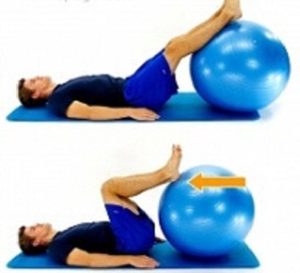
5. Heel cord stretch
Your affected leg is behind you, with the knee bent and the toes pointed in slightly. Keep both heels flat on the floor and press your hips forward toward the wall. Hold the stretch for 30 seconds and then relax for 30 seconds. Repeat
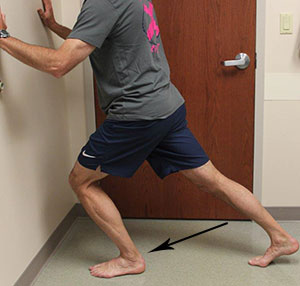
6. Standing quadriceps stretch
Stand with your side to the wall, placing a hand on the wall for balance. Hold your outside foot with your outside hand and lift the foot up toward your rear end, keeping your thighs and knees together. You should feel a gentle to moderate stretch in the front of the thigh.

FAQ
.What does a popliteus injury feel like?
Pain at the back side of your knee joint. Your knee will feel tender pain when pressing in at the back. It is likely to be painful when trying to bend your knee against resistance, whilst your shin bone(tibia)is rotated outwards.
Can you tear your popliteus tendon?
For this reason rupture of the popliteus muscle is usually associated with acute or chronic posterolateral instability of the knee. The isolated rupture of the popliteus tendon is a rare injury and it has been rarely reported in the literature as a cause of knee hemarthrosis and functional disabilities.
.Can you run with popliteus tendinitis?
Popliteus tendinopathy treatment
Patients should not run or ski until the knee is pain-free and should limit sports activities for at least the first 4 to 6 weeks. And as soon as reach to physiotherapist consultant.Why is popliteus known as the key of the knee joint?
During the closed-chain phase of the gait cycle, the popliteus work as laterally rotates the femur. This rotation keeps unlocking the knee during flexion of the knee joint.
Should I be worried about the pain behind the knee?
If anyone has signs of an infection or DVT, they should go immediately for severe pain. If your symptoms are less urgent, your physiotherapy doctor is still the best one to guide your recovery.
What do I need to do if I have popliteus tendinopathy?
You should seek physiotherapy treatment as soon as possible if you are patient that you may have popliteus tendinopathy. If you continue to exercise and do not reach for treatment it is unlikely that your injury will increase.
What do I not want to do if I have popliteus tendinopathy?
If the patient has popliteus tendinopathy, you should not ignore the problem and continue to exercise. This is likely to worsen your injury and increase the time of your recovery.
Progressive knee strengthening exercises supervised by a therapist.

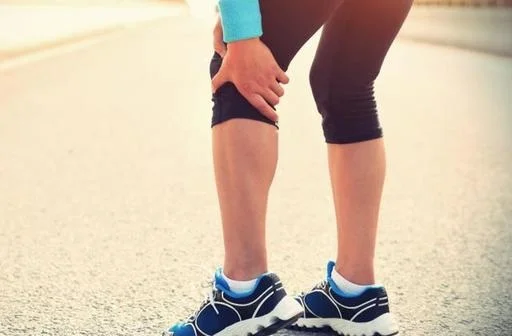
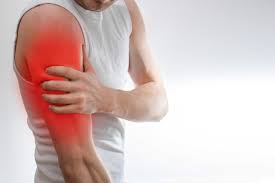

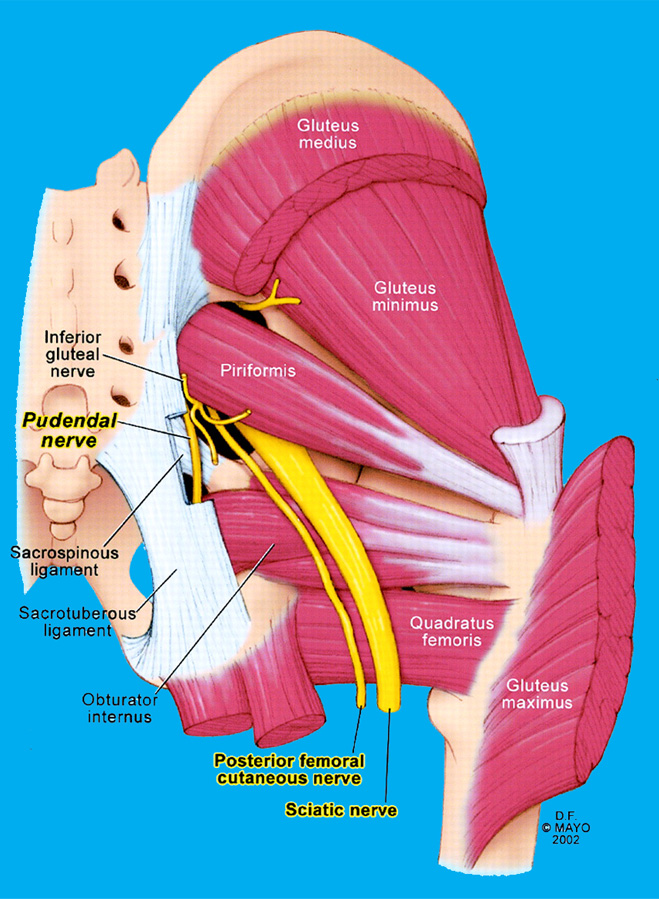

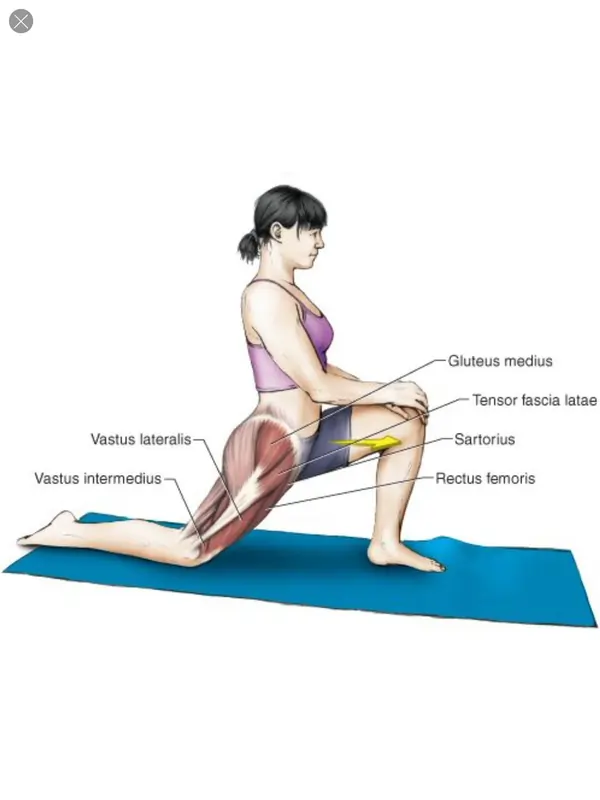
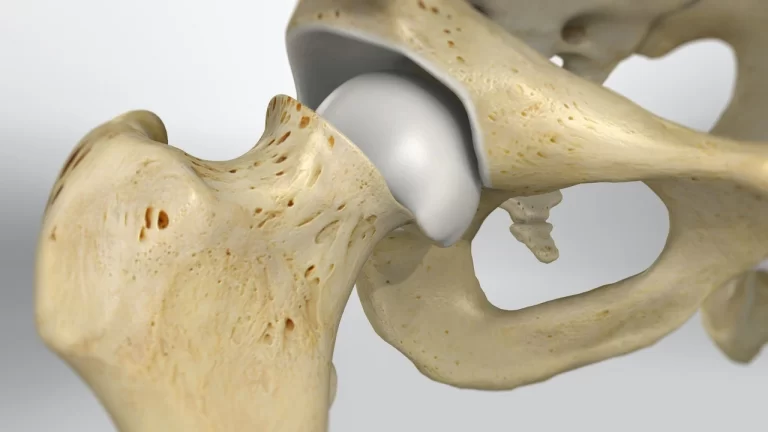
One Comment